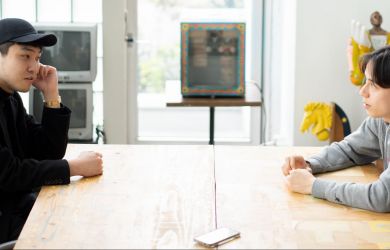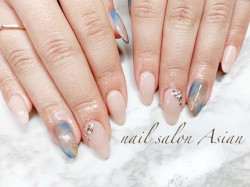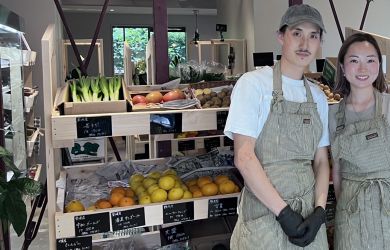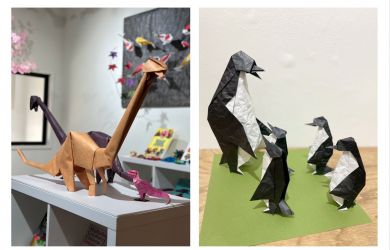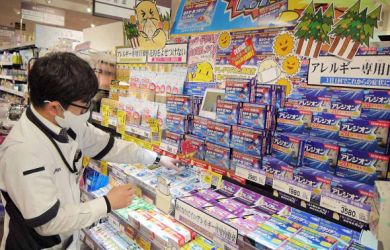
Originally published on metropolis.co.jp on January 2012
Giveaway
Metropolis is giving away five copies of Okinawa Island Guide 2011-2012 absolutely FREE! Just email your answer to the question below with your name, country of origin and address to giveaways@metropolis.co.jp and you too could be perusing its pages and planning your getaway. Winners will be selected at random from the correct entries.
Which of the following is a traditional Okinawan saying?
- A. Okinawans eat every part of the pig except its squeal.
- B. Okinawans drink every drop of the awamori except the bottle.
- C. Okinawans put anything in champuru (stir-fry) except human flesh.
Guide

The Okinawa Island Guide 2011-2012 (¥1,500) is a thick, juicy magazine stuffed with pics and articles about Japan’s southern islands to equip the English-speaking aspiring visitor with a wealth of tips and tricks for making the most out of a trip there. Produced by Okinawa Index, it comes with the Tourist Booklet (available separately, ¥800) a veritable encyclopedia of bars, restaurants, nightclubs, services and maps in the area, which seems to make good its claim to be Okinawa’s only comprehensive English-language tourist booklet. In this year’s guide find features about the islands’ sea-god festival, Okinawa’s longevity diet (featuring interviews with several nonagenarians from the famously long-living population), hotels, craftware, spotlights on different regions, history and plenty of glossy photos to make your heart yearn for the subtropical paradise. ¥1,500; tourist guide alone ¥800; available from major bookstores.
inside information

We asked JapanTourist.jp’s Okinawa travel specialist Edo Heinrich-Sanchez for his suggestions on making the most of your trip to the area. His recommendations?
Set yourself up for some off-the-radar exploration by renting a navi-equipped car in Naha in southern Okinawa, and then point yourself at some of his favorite spots.
Down at the southern tip of the island, visit the Okinawa Prefectural Peace Memorial Museum. The Battle of Okinawa was the only battle fought on Japanese soil during WWII, and the names of all those lost during the fighting—regardless of nationality—have been engraved in the waves of black granite. Along with the museum’s log of eyewitness accounts, the place will give you a sense of the Okinawans’ renowned resiliency.
While Naha’s Shuri Castle gets more visitors, another UNESCO World Heritage Site in the central part of the island, Zakimi Castle, has been able to maintain a lower profile—and the views here are spectacular. Up the road is Ryukyu Folk Village with regular free live performances. Eat a freshly made sata andagi (Okinawan “donut hole”) with complimentary tea.
From Zakimi, Cape Maeda and the famous Blue Cave are just a short drive away. Park at the secure gated area (¥100 per hour) and walk down to some excellent cliff ocean vistas or a little south for beautiful beach coves.
Since Zakimi’s not far from Okinawa City, get a taste of that Okinawa champuru (stir-fry) culture with a visit to the Koza area, also known as Music Town. There is a small museum that showcases how the area was influenced by American bases.
More info at Japantourist.jp
